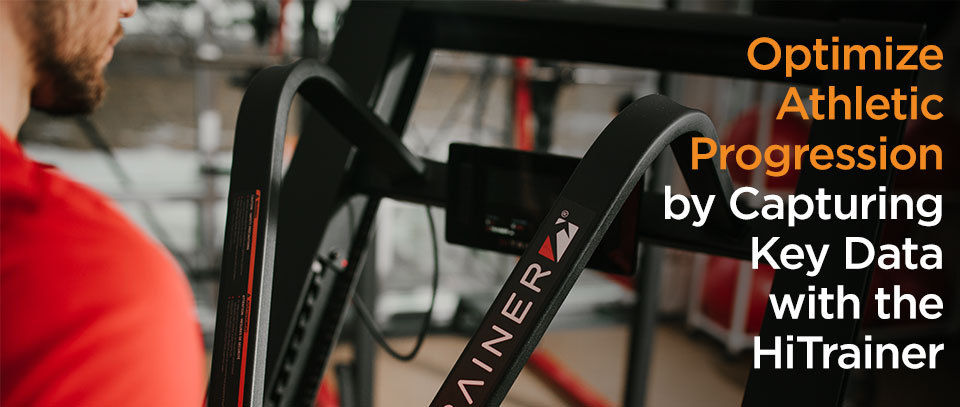Physical assessments are crucial during a training program to establish a starting point and place value and visibility on performance and progress. This week, we’ve discussed the concept of implementing monthly fit tests as a motivating alternative or supplement to biometrics measurements. The truth is, thanks to technology, we are able to gather more and more information on physical output than ever before. Fitness tracking technology featured in wearables and other devices are fueling the intense competition at every level from the recreational athlete to professional and collegiate sports.
In competitive sports, every athlete is evaluated and coached based on their stat sheet. To put this concept into more perspective, check out this excerpt from a position statement from our brand partner HiTrainer on the importance of capturing data and improving performance.
Collecting, compiling, and intelligently analyzing data is synonymous with sports. From the NFL Scouting Combine and Sabermetrics (the term coined to describe baseball statistics analysis) to monitoring athlete’s training and rehabilitation progress, data analysis has been the key to optimum progression in athletes and best predicting future success.
When coaches have in-depth information on their athletes, they can create training programs that will help drive the athlete forward to success. A lack of data means individuals’ weaknesses may not be getting addressed, leading to a training program with a lot of working but little meaningful results.
Dr. Bob Ward, Strength Coach for Dallas Cowboys (’76-’89) and Performance Theory Expert (relating data to predicting success) states, “Finding how an athlete is performing is absolutely essential prior to prescribing training programs.”
In addition, there can be weaknesses hidden to the naked eye that are preventing an athlete from making those critical improvements. This could be hesitancy off the starting blocks or poor anaerobic recovery between plays.
At the top level 0.1% makes all the difference but it cannot always be seen without technology. But there are some major roadblocks to collecting data in training. Whether a coach is working one-on-one with an Olympic champion or in a high-turnover environment such as a high school, the process of collecting and compiling data can be time consuming.
What if a coach could quickly collect and compile data and get detailed snapshots of his or her athletes without taking time away from hands-on coaching? What if the data was simple to manage and easy to present to athletes? The answer is simple: Performance improvement and progress can be made faster and results seen more quickly.
This is a solution that HiTrainer has set out to provide coaches of any sport or activity with their series of self-propelled, sprint trainers. The patented design and technology of the chest pads emphasize the drive position to engage the posterior chain, the prime movers of forward propulsion. Each HiTrainer model provides detailed information on acceleration, left and right side power outputs, and precisely timed sprints.
For more information on each of the HiTrainer products, check out this comparison chart and find out which one is right for you.
